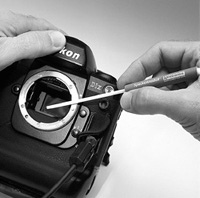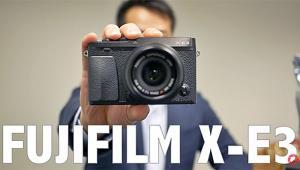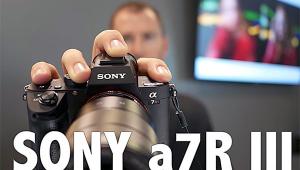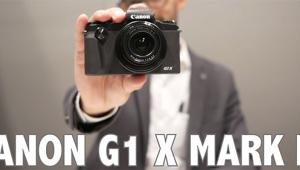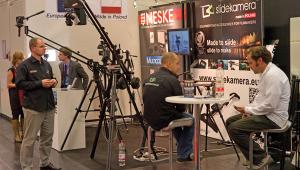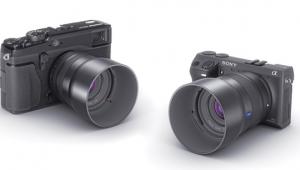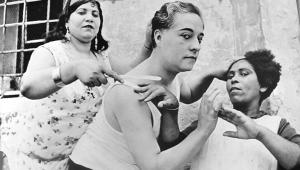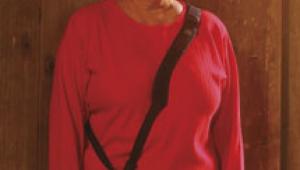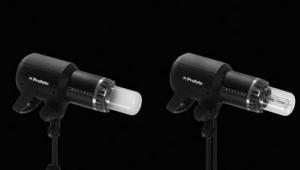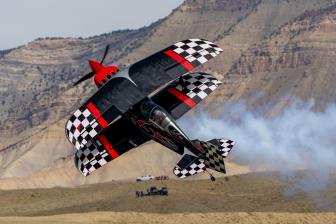Tripods And Various Weird Stuff
Let's be honest: tripods
are worthy but dull, so I'll dive straight in with the Weird Stuff--that
is, with the products that defy ready categorization, but are either highly
desirable or extremely unusual or sometimes both. Let's start at
the top. If I had had $250,000 to spare, I'd have liked a Vitro
Laser system. It uses similar ex-Soviet technology to Crystalix (my "hit
of the show" in 2000) to burn portraits into a solid block of glass,
but it is faster and there is the added advantage that you can actually
watch the portrait being carved: from sitting down to holding the portrait
in your hand takes under five minutes. There are two Crystalix setups
(at a mere $120,000 each) already in use in Las Vegas, and a Vitro setup
is going into the same city shortly, which should lead to some interesting
competition. |
|
SpeckGRABBER Humidity Be Gone Too Much Stuff? Reflector Magic Boom Arm Studio Stuff Lens Effects Car Flash 2D/3D? Buy It Here VR Gear Tripod News |
- Log in or register to post comments

